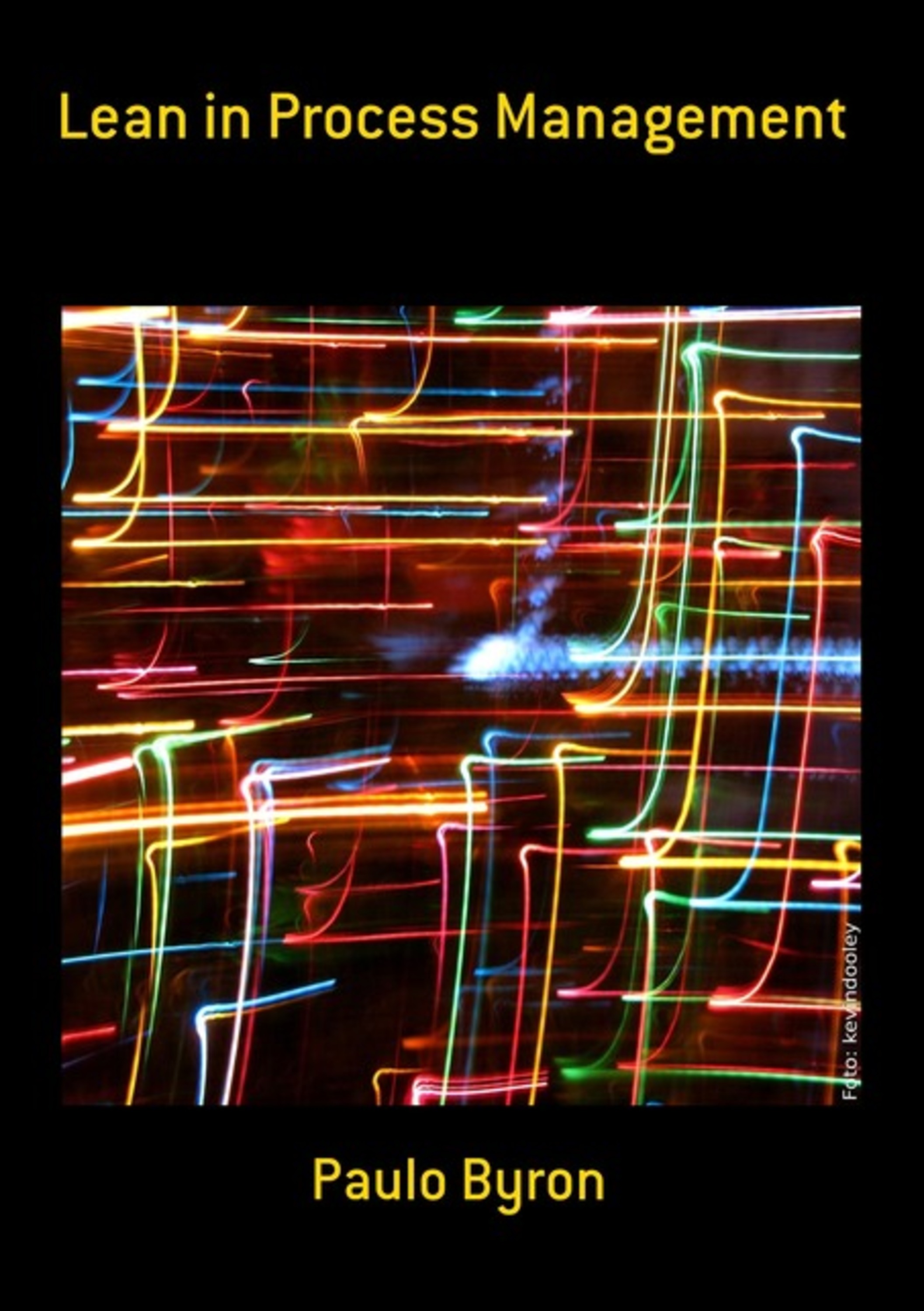The current economic environment leads to the adoption of strategic initiatives in order to guarantee the survival of companies. Companies need to have the best resources. In thiscontext, the elimination of waste and the Lean philosophy associated with it is a determining factor in organizational progress (Cottyn et al., 2011). Karlsson and Åhlström (1996) assume the importance of the word "progress" as long as Lean is seen as a direction to follow and not as a statute or a response to specific problems. Lean is a revolution – it is not just the use of tools, or the change of some steps in the production processes – it is the complete change of the company – how the supply chain works, how management works, how management is done, how workers – people – face their working day (Melton, 2005). A Lean transformation is based on learning and experimentation, not just a set of projects (Houshmand andJamshid Nezhad, 2006). In order to introduce Lean thinking into a production environment, it must simultaneously satisfy productivity, quality and cost requirements (Houshmand andJamshid Nezhad, 2006), the philosophy is based on the identification and elimination of waste and is a fundamental aspect, which must first be understood, in order to guide and effectively apply the different Lean tools (Hicks, 2007). One of the benefits of this philosophy is that it is in fact a set of steps that need to be carried out to implement Lean thinking, thus providing a structure for building a map with a detailed route for those who wish to apply Lean to a business process ( Haque and James-Moore, 2004). Houshmand andJamshid Nezhad (2006) state that the main objective of any company is to deliver the maximum possible value to the customer and Lean thinking has proven to be an efficient methodology for this objective.
